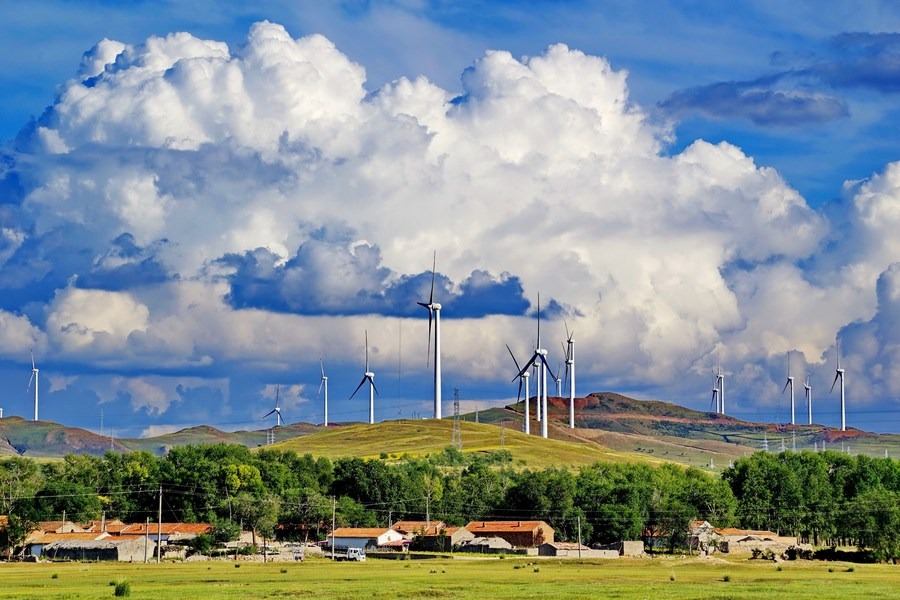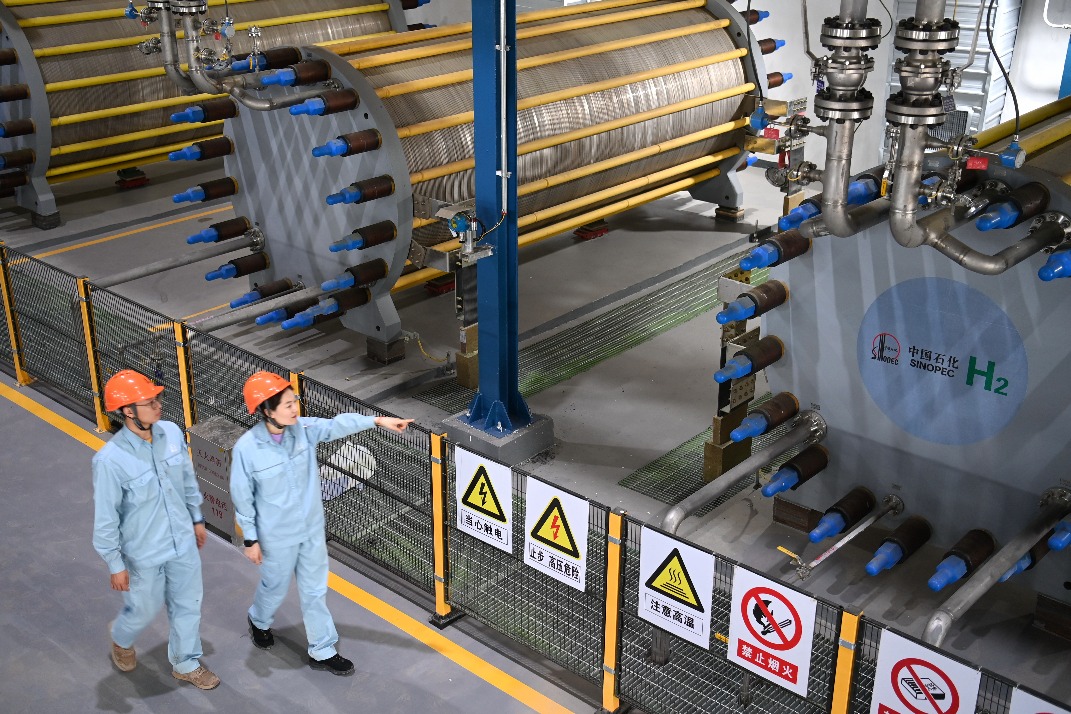As the world approaches the deadline for the United Nations Sustainable Development Goals (SDGs) in 2024, there is a growing realization that achieving these global objectives by 2030 remains a formidable challenge. Only 15 percent of SDG targets are currently on track, with progress on over 30 percent of targets experiencing setbacks or regression.
Global Setbacks and Urgent Challenges
After enduring a series of shocks and crises over the past three years, including the COVID-19 pandemic, high inflation, and the ripple effects of the Ukraine crisis, many developing countries find themselves grappling with limited fiscal space and escalating debt. These challenges, compounded by the climate emergency, have collectively set back global development progress by decades. Despite global efforts, 2023 is projected to be the warmest year on record.
Multilateralism and COP28 Climate Summit
The recent COP28 climate summit underscored the indispensability of multilateralism in addressing global challenges. With a commitment to limit global warming to 1.5 degrees Celsius above preindustrial levels and an agreement to transition away from fossil fuels, the international community demonstrated the significance of collaborative efforts. However, urgent and more ambitious actions are imperative to propel the world toward a sustainable future.
The Importance of Global Development Partnership
Recognizing the limitations of individual countries or actors in tackling global challenges, a global development partnership is essential to expedite progress on the 2030 Agenda. Strengthening international development cooperation is crucial to overcoming resource constraints and escalating demands. Vehicles like South-South cooperation, with contributors like China emerging as prominent providers of development finance, play a vital role in advancing sustainable development globally. By facilitating knowledge exchanges and demand-based cooperation, China can contribute significantly to areas such as the green energy transition and green finance.
Roles of Public and Private Sectors
Public development banks and development finance institutions, with their substantial $23 trillion in total assets, are pivotal in closing the SDG financing gap of approximately $4 trillion in developing countries. Their role in scaling up lending and exploring effective pathways to mobilize resources is critical. Simultaneously, the private sector must intensify investments aligned with SDGs, redirecting finance toward sustainability and contributing technology and expertise to drive innovation for development.
UN Development Programme’s Commitment
The United Nations Development Programme (UNDP) stands prepared to leverage its expertise and global network spanning over 170 countries. By convening diverse stakeholders, the UNDP aims to facilitate inclusive, multistakeholder partnerships that channel financing for sustainable and scalable impact. Such collaborations involve traditional donors, developing countries, development banks, the private sector, and civil society.
Looking Ahead
The actions taken over the next seven years will determine the future of the planet and its inhabitants. Inclusive partnerships are crucial for advancing shared development objectives, fostering innovation, and ensuring that the SDGs benefit the most vulnerable, leaving no one behind. Collaborative efforts, guided by a commitment to sustainability, will be instrumental in achieving the ambitious targets set by the 2030 Agenda.
Source: usa.chinadaily.com.cn





